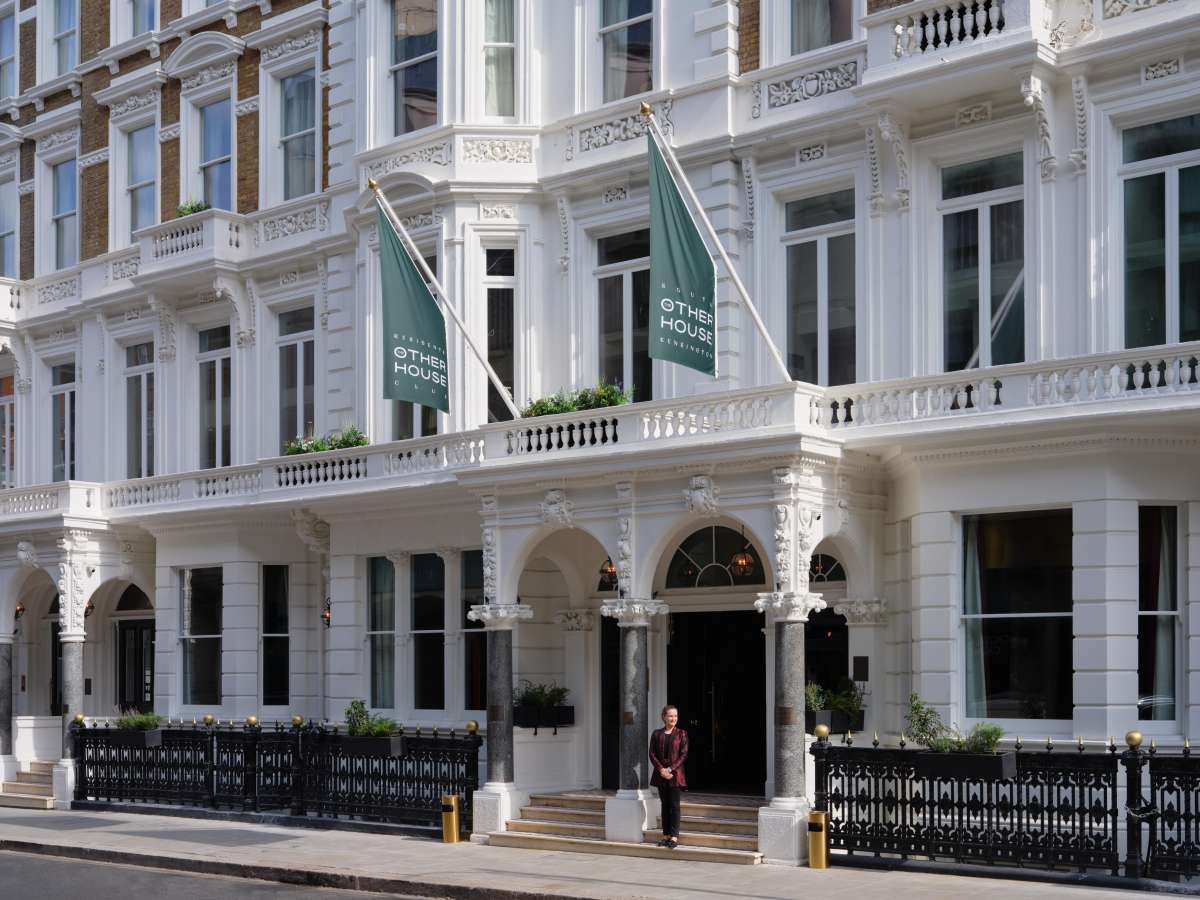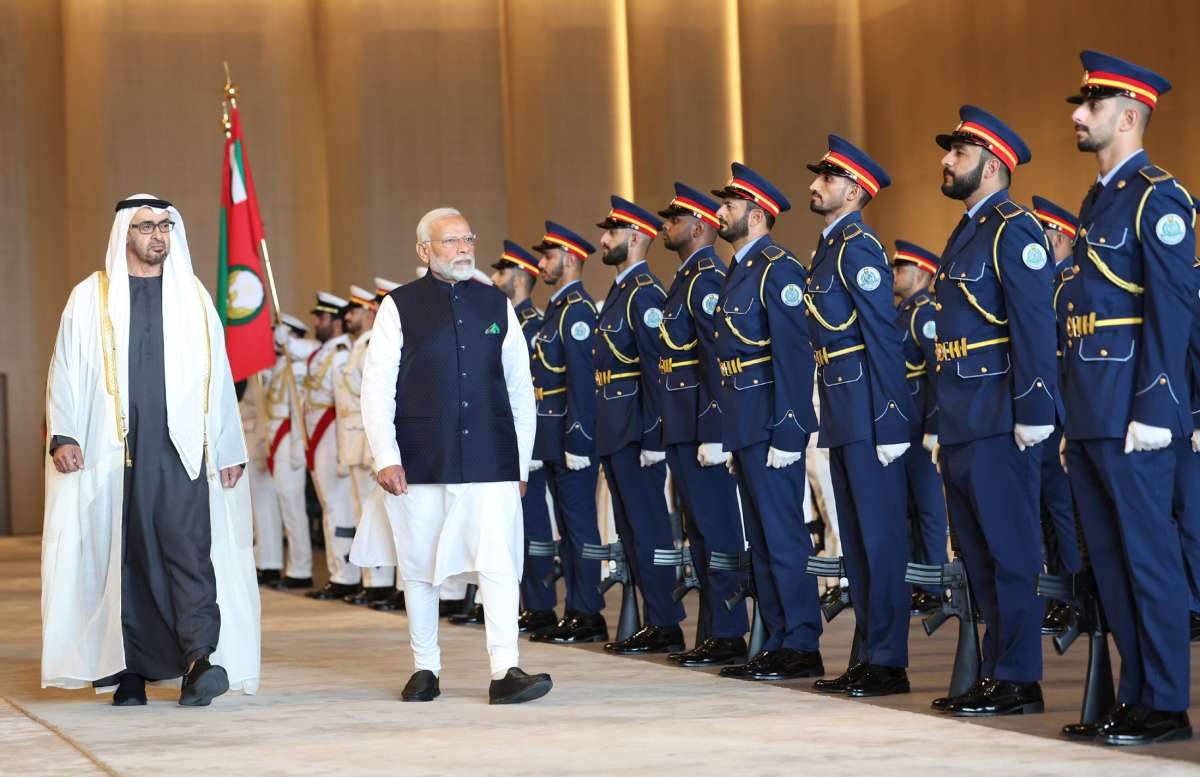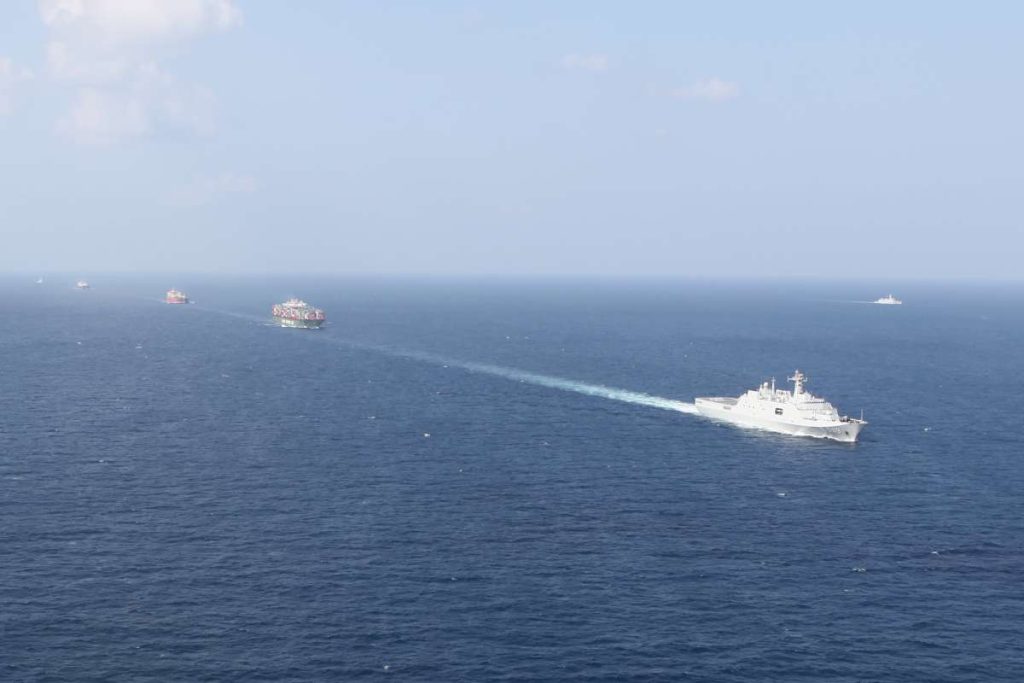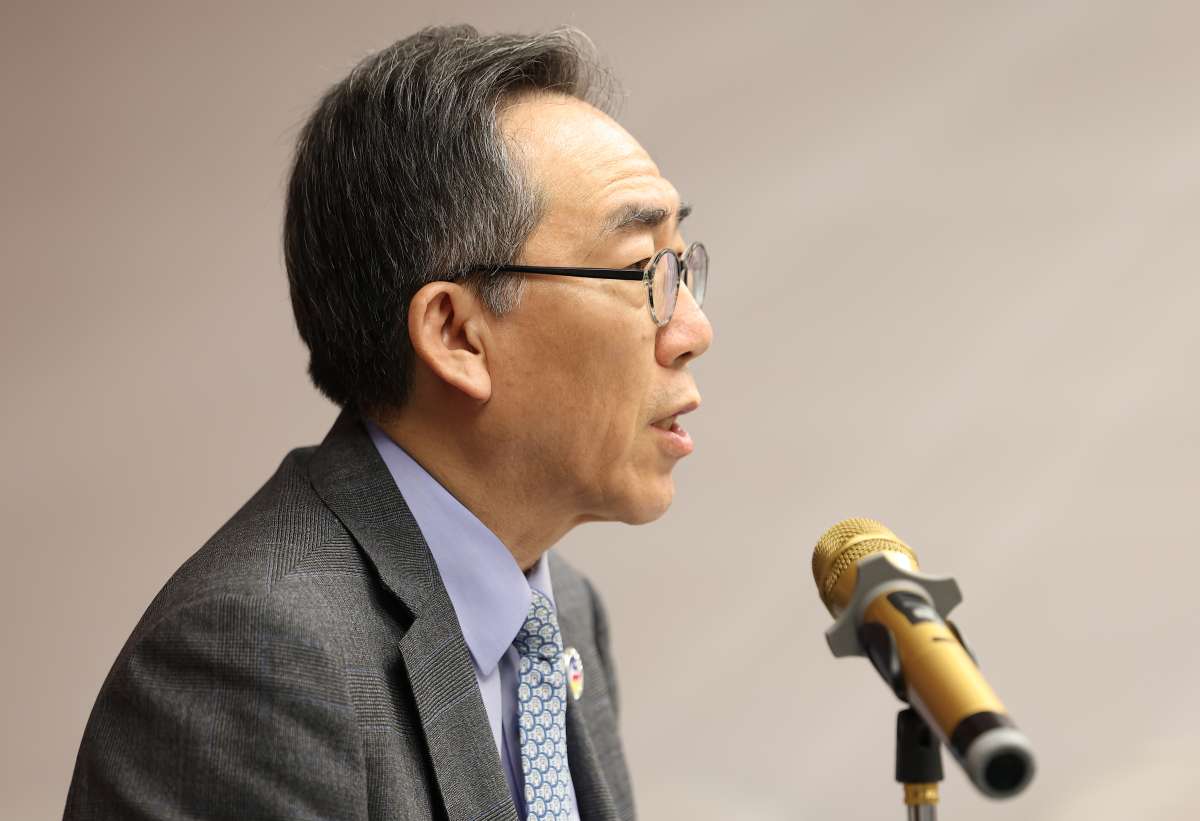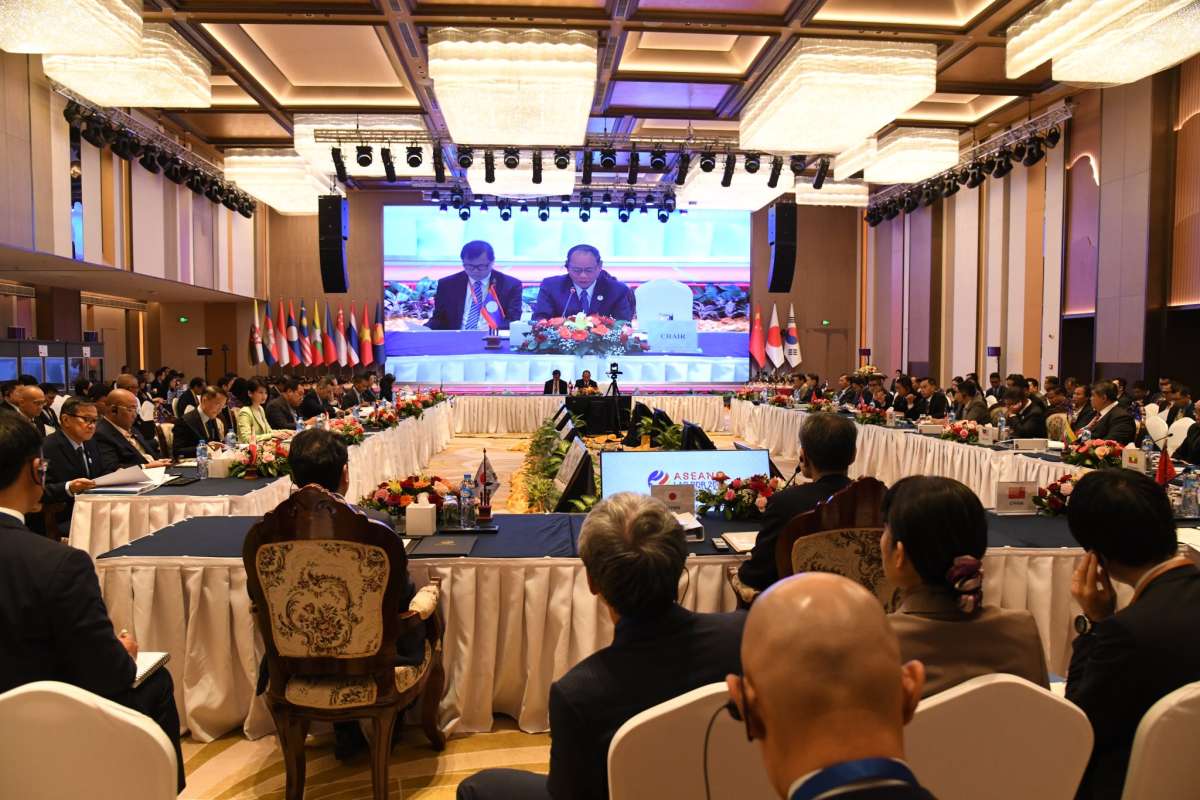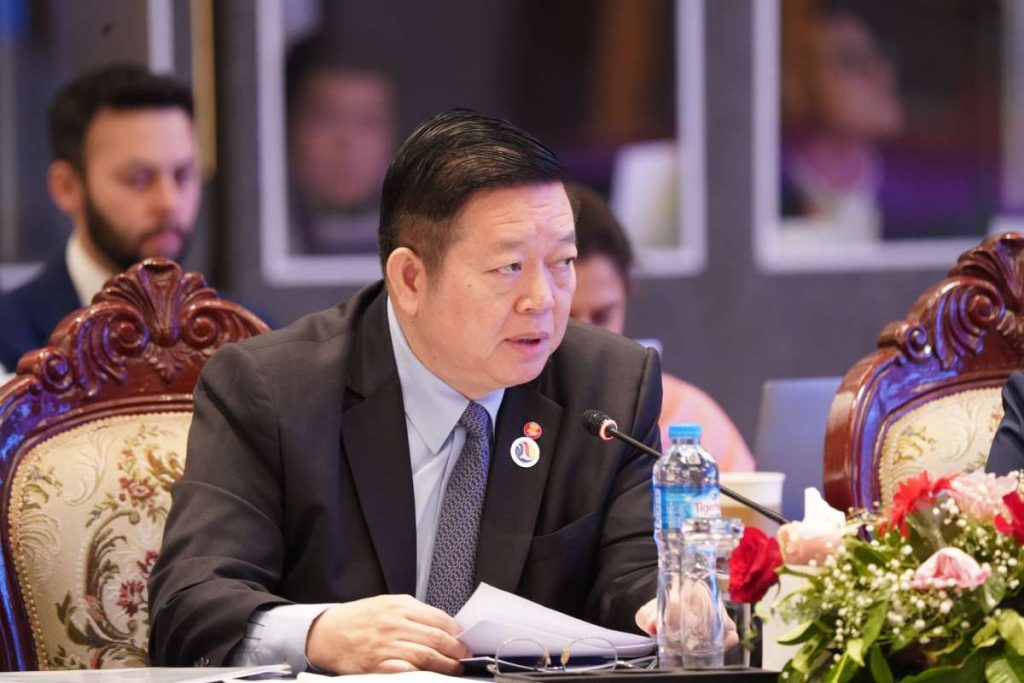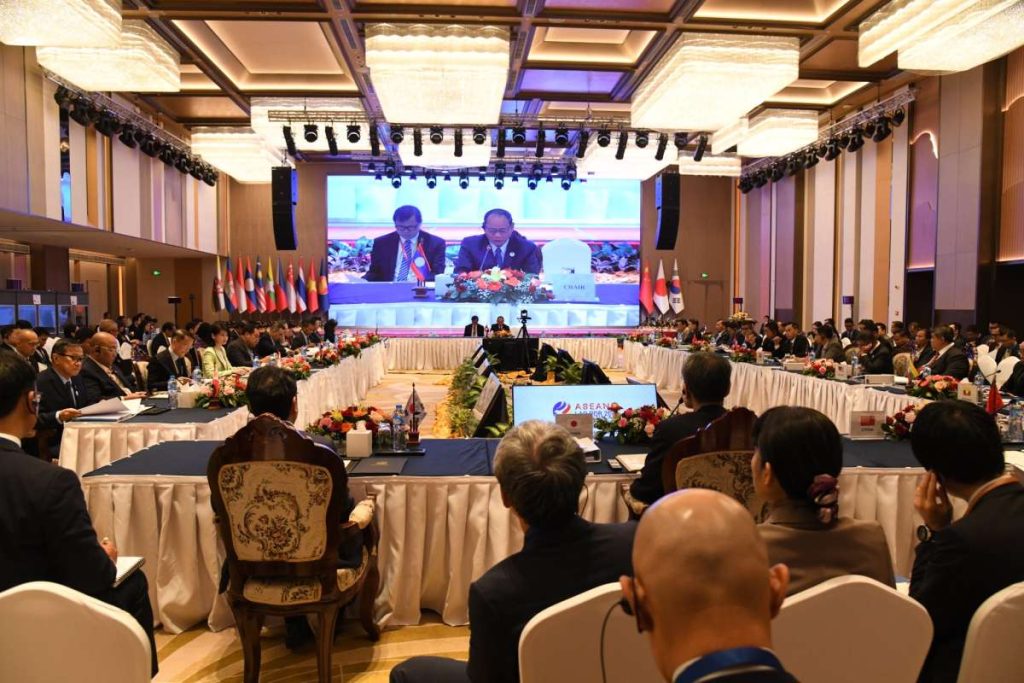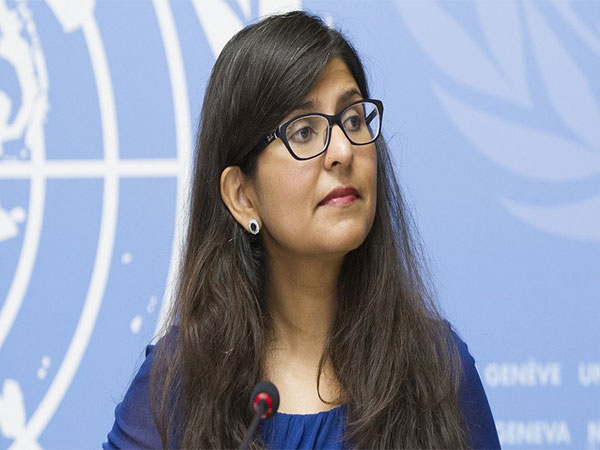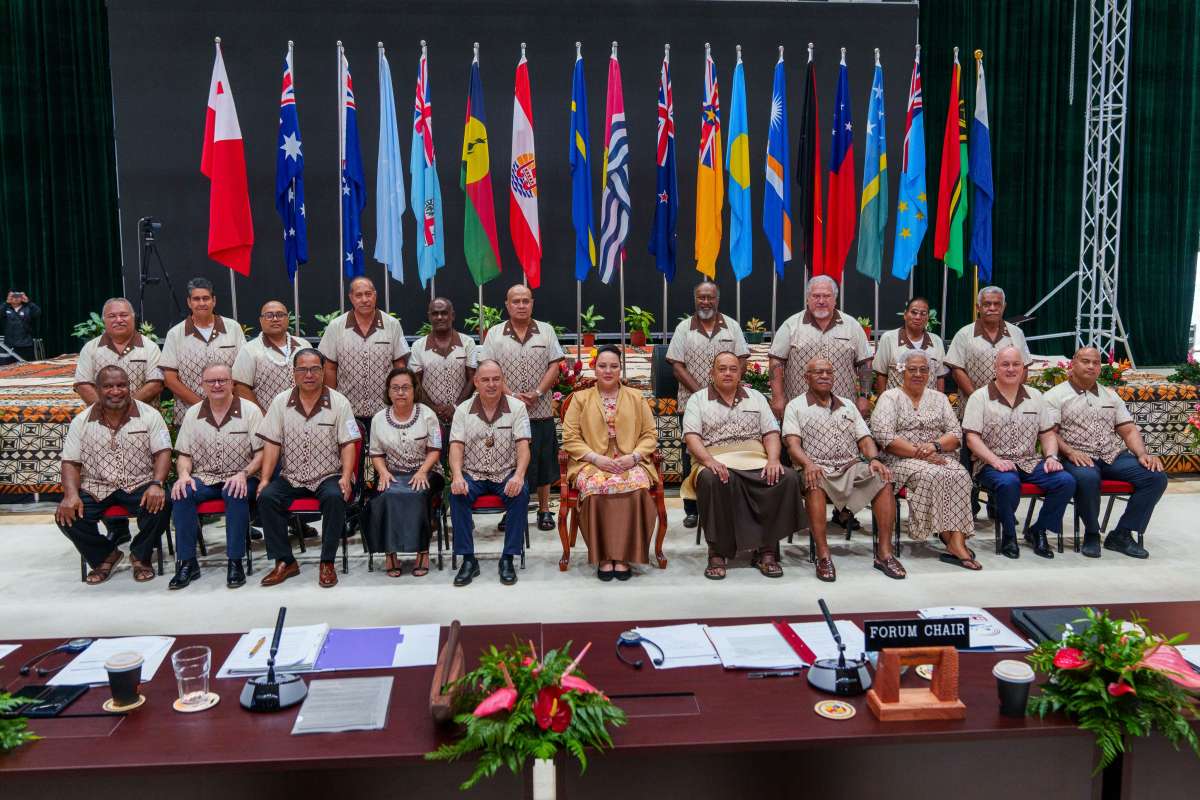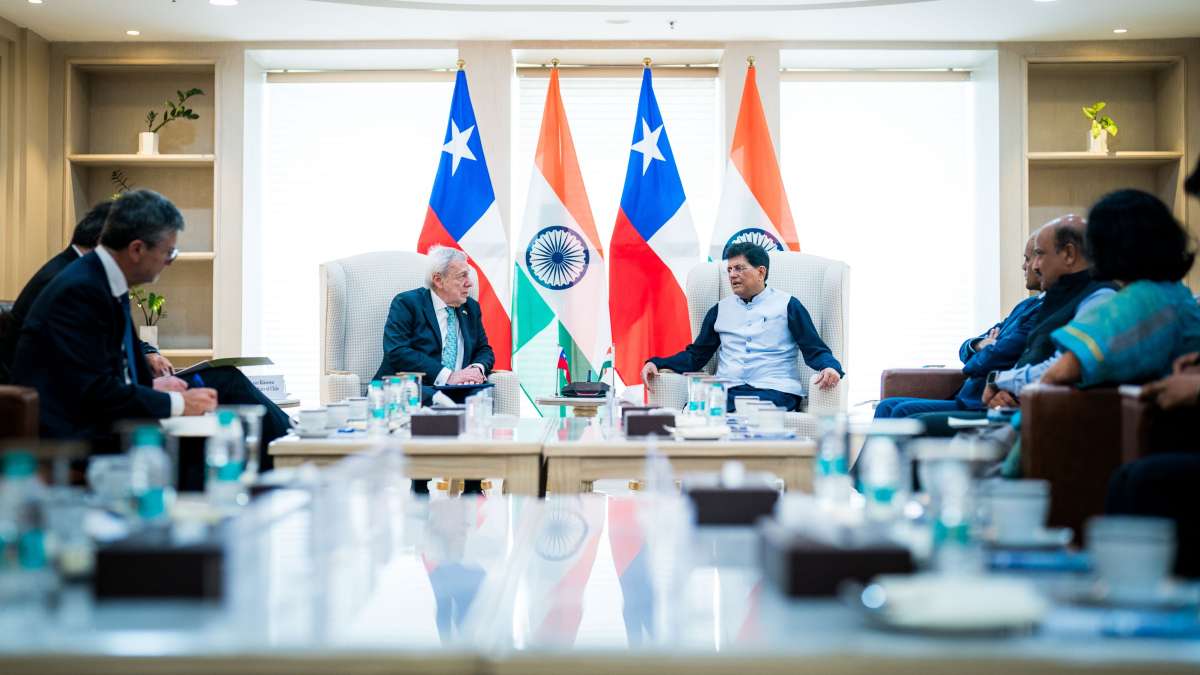The Other House South Kensington, the inaugural member of a pioneering new hospitality brand in the UK, is leading the way with its ‘Residents Club’ concept; blending innovative, apartment-style accommodation with the flexibility and facilities of an upscale hotel, and the exclusivity of a private members club. Providing its residents with more than just a place to stay or live, The Other House is also a gateway to London’s most iconic neighborhoods; with the inaugural site located in chic South Kensington, Covent Garden opening in 2025 and Belgravia to follow. A feature by columnist Riccha Grrover for Asian Lite International.
Flexible, Serviced Living
The Other House combines the comforts of home, with the luxurious interiors and sophistication of a boutique hotel and members club, a versatility and flexibility perfect for business trips or leisure breaks alike. Its all-day brunch spot, The Other Kitchen, offers a buzzing atmosphere full of locals, whilst the destination cocktail bar, Owl & Monkey, is the best place to see off the evening in style.

Downstairs in the private club, accessible to residents and members only, two lounges offer the perfect place to work, relax and play in beautiful surroundings. The state-of-the-art wellbeing and fitness facilities, consisting of a 24/7 gym, vitality pool, wellbeing concierge services through Mama Wellbeing and OM Sound Baths by celebrity practitioner, Leo Consedai, allow visitors to relax and unwind at their leisure.
Each meticulously designed ‘Club Flat’ features bold interiors and open-plan living, with a sitting room, fully-equipped kitchenette, bedroom and well-appointed shower room, designed for any length of stay.

An Introduction to London Life
What truly sets The Other House apart is not only its enchanting maximalist interiors but its connection to the heart of London’s most vibrant neighborhoods. From South Kensington’s wonderful cultural experiences to Covent Garden’s historic and bohemian charm, each property is meticulously thought through to reflect the distinctive character and heritage of its surroundings, with sustainability underpinning all aspects of the development and operation of each site.
Residents can expect local experiences that showcase the best of the neighborhood’s culture, cuisine, and entertainment. Whether it’s getting the inside track on local hidden gems, taking in a DJ night in the Owl & Monkey cocktail bar, enjoying a Sunday Jazz Brunch in The Other Kitchen or mixing with local members in the private club, residents of The Other House instantly become part of the beating heart of each locality.

A ‘Stay as you Choose’ Approach
With flexible terms, inclusive bills, and pet-friendly accommodation, The Other House provides the perfect solution for those seeking a pied-à-terre in central London. The Other House’s hotel-style easy check-in, check-out policy offers the ultimate flexibility for those looking to stay in the Royal Borough, whether a night, a month or a year.
Perfect for frequent visitors to London, The Other House’s unique offering allows residents to come and go at their convenience, offering a variety of options for mid to long stay residencies depending on individual requirements. Whether you’re in town on a weekly or monthly basis or looking for somewhere to live whilst acclimatizing to London life.

Additionally, residents can securely store their belongings while away and have them returned to their Club Flat upon their return. This flexible approach embodies The Other House’s commitment to providing a truly distinctive living experience, whether for short or longer-term stays.
THE OTHER HOUSE BRAND:
The Other House is tearing up the rule book and launching a new sector of Residents Clubs, redefining the hospitality market. It effortlessly combines apartment-style living with hotel services and access to an exclusive private club. Think pied-à-terre meets private club, available for all residents to enjoy. It is cool, intriguing, bold and committed to sustainability. Whether it’s for a day or a year, it is your other house for as long as you are in town.

Launched in 2019, The Other House is a joint venture partnership between London Central Portfolio (LCP), leading real estate investment advisory in Prime Central London and APG, the largest pension provider in the Netherlands. The Other House opened in South Kensington in 2022, with Covent Garden opening early 2025 and plans for Belgravia in the pipeline. Further openings in London and internationally are also in the works.
THE OTHER HOUSE SOUTH KENSINGTON
South Kensington is the inaugural opening from The Other House, a revolutionary hospitality concept combining apartment-style living with hotel services, and a private club available to residents as well as local members. Consisting of 200 Club Flats and Combos, ranging from cosy studios through to striking apartments, The Other House South Kensington opened in 2022. Fast-becoming a key social and cultural hub, offering exclusive partnerships with local institutions such as the Royal Albert Hall, The Other House South Kensington offers everything a discerning city lover could want. Facilities include the all-day brunch destination, The Other Kitchen, the chic cocktail bar, the Owl & Monkey, and the exclusive private club, available to members and residents, with two club lounges and The Other Space which offers a range of state-of-the-art wellbeing, mindfulness and fitness facilities.

Meet the CEO: Naomi Heaton, CEO and Founder of The Other House
Naomi Heaton, MA Hons (Oxon) is Founder and Chief Executive Officer of The Other House, a new lifestyle hospitality brand in prime central London. Established in December 2019, this is a joint venture between London Central Portfolio Ltd (“LCP”), leading real estate investment advisory and APG, the largest pension provider in the Netherlands which manages approximately €587 billion in pension assets on behalf of its pension fund clients.
The Other House is blurring the lines between hotels, serviced apartments and the Private Rented Sector to create a new sector of ‘Residents’ Clubs’ in the accommodation space. Residents are able to book from a day to a year (or more) and there is real emphasis on place making. Whilst the initial focus is on prime central London, the venture will expand globally, catering for the aspirational business and leisure traveller.

Since its creation, the venture has acquired three assets, Harrington Hall in South Kensington, the Wellington Block in Covent Garden and a further acquisition in Belgravia. The Other House South Kensington opened in July 2022, with Covent Garden opening in 2025 and Belgravia in the pipeline, and is actively acquiring more.
Naomi is also Chairman of the LCP Group. She founded LCP in 1990, exclusively to represent investors in the private rented sector in Prime Central London. It offers an all-encompassing service including property search and acquisition, refurbishment and design, letting and rental management, based on sophisticated financial modelling. She has also launched a number of funds investing in this asset class. Her unparalleled experience in the sector and entrepreneurial vision led Naomi to observe the rapidly changing requirements of the millennial generation in terms of place making, lifestyle, and the use of technology in the accommodation sector and the need for a sea change in how this is approached.

Previously Chief Executive of the LCP Group, she appointed Andrew Weir, ex head of Foxtons, to this position in 2020 so she could concentrate on the development and launch of The Other House. After graduating from Oxford University, Naomi entered advertising becoming a main Board Director at Saatchi & Saatchi and Young & Rubicam, advising blue chip, multi-nationals. She writes frequently in the national press and is regularly invited by the BBC and Sky News to comment on property related matters.
Naomi has been elected one of Citywealth’s Top 50 CEOs and is represented in the Spear’s 500 and Tatler’s Advisory.



